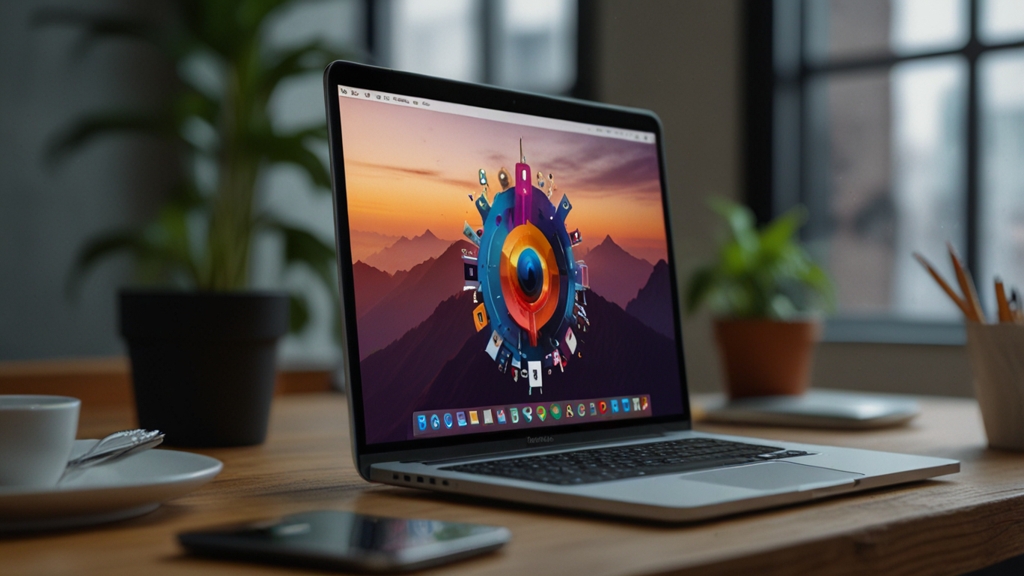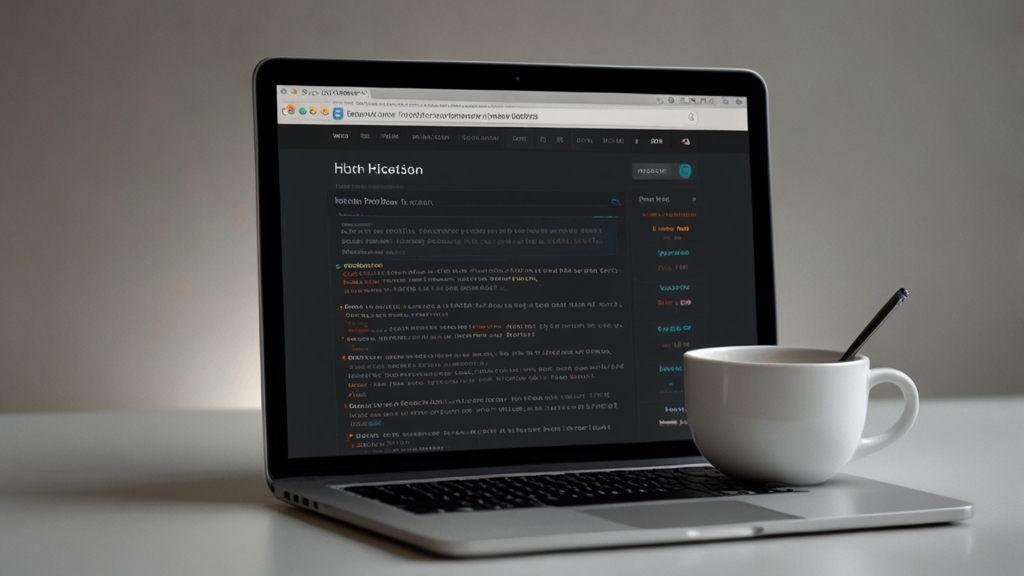10 Amazing Python Applications You Didn't Know About
Python is one of the most versatile programming languages, renowned for its readability and widespread adoption. While many people know about the typical uses of Python in web development, data science, and scripting, there are numerous other, perhaps lesser-known, applications of this dynamic language. Here are ten amazing Python applications you might not have heard about:
1. Automated Trading Systems
Python is increasingly being used to create automated trading systems. Algorithms execute a set of pre-defined rules, often based on real-time market data, to buy and sell assets with minimal human intervention.
“Python trading bots can monitor market movements and execute trades at the blink of an eye, something humans cannot achieve with the same level of precision.”
2. Robotics and Embedded Systems
Through libraries like MicroPython and CircuitPython, Python is making its way into robotics and low-level device control. These libraries are designed to run on microcontrollers, allowing developers to use Python for hardware programming.
Robots and drones controlled by Python scripts can perform complex tasks like object detection, navigation, and even facial recognition.
3. Game Development with Pygame
While Python may not be the first language that comes to mind for game development, the Pygame library provides a solid framework for creating 2D games. Pygame handles various tasks from rendering graphics to handling user input, making game development more accessible to beginners and hobbyists.
4. Bioinformatics
Python plays a crucial role in the field of bioinformatics, where it is used for tasks such as sequence analysis, gene identification, and even the visualization of biological data. Libraries like Biopython provide bioinformatics functionalities that can be easily integrated into Python scripts.
5. Natural Language Processing (NLP)
Python is extensively used in the realm of Natural Language Processing (NLP) for analyzing, understanding, and generating human language. Libraries like NLTK, SpaCy, and TextBlob support a wide range of NLP operations, such as sentiment analysis and language translation.
“Python’s NLP capabilities make it indispensable for developing intelligent chatbots, automated translators, and even tools for text summarization.”
6. Audio and Music Applications
Python isn't just for number crunching; it also has applications in the world of music. Libraries like Pydub and Librosa allow for audio manipulation and analysis, while MIDI libraries can be used for music generation and composition.
7. Computer Vision
Python, with the help of libraries like OpenCV, Pillow, and Scikit-Image, is a powerful tool for computer vision tasks. These libraries can handle image processing, object detection, face recognition, and even real-time video analysis.
8. Digital Art and Animation
Python can also be a handy tool for digital artists and animators. Libraries like Blender’s scripting interface allow for the creation of intricate 3D models and animations, providing a robust scripting backend to automate repetitive tasks and generate complex scenes.
9. Educational Tools and Platforms
Python is increasingly being used to create interactive educational tools and platforms. From simple quizzes to complex simulations, Python-powered applications help learners grasp difficult concepts through interactive, practical experiences.
For example, Jupyter Notebooks are widely used in educational settings to teach subjects ranging from basic Python coding to advanced machine learning techniques.
10. Security and Ethical Hacking
Python is a go-to language for many ethical hackers and cybersecurity experts. Its simplicity and extensive libraries make it ideal for writing scripts to scan networks, test security vulnerabilities, and even automate penetration tests.
“With Python, ethical hackers can easily develop tools to test the integrity of systems, identify weaknesses, and ultimately improve security measures.”
In summary, Python’s versatility ensures its application across a broad spectrum of fields, beyond the commonly cited domains. From trading and robotics to digital art and cybersecurity, Python continues to empower developers to push the boundaries of innovation.












